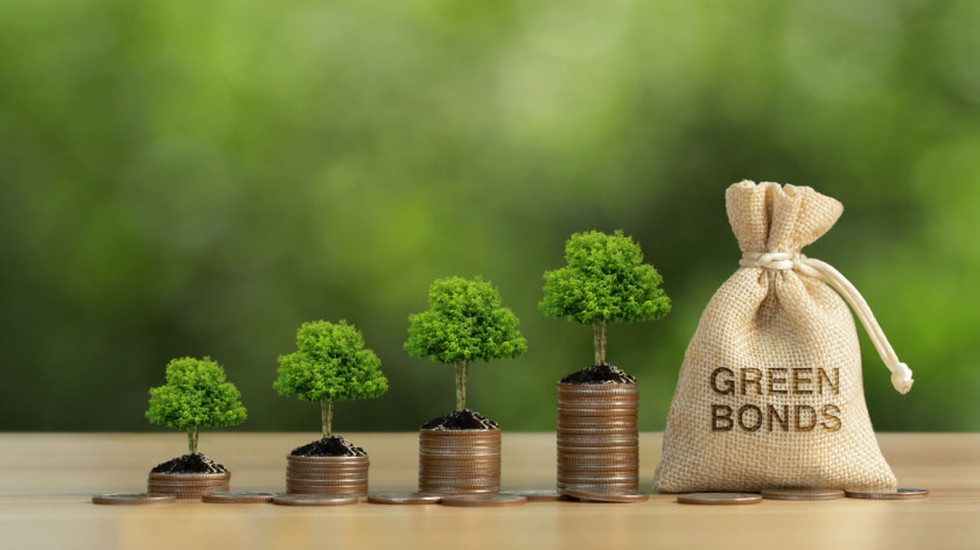On July 22, Chief Economic Advisor V. Anantha Nageswaran emphasized the need for private investors to prioritize sustainable investments. He highlighted the low “greenium” from private investors on India’s sovereign green bond offerings.
“This is not an issue peculiar to India. It is not that India is missing something, it is about private capital across the world and in India willing to walk the talk on investing in green projects,” Nageswaran stated during a briefing on the Economic Survey 2023-24.
Economic Survey Insights
The Economic Survey 2023-24 also underscored this issue, noting that despite India’s green bond framework receiving a good rating, the sovereign green bonds have not attracted significant “greenium” from private investors. The survey pointed out that a “wall of capital” rather than a “flood of capital” is waiting to fund energy transitions in Emerging Markets and Developing Economies (EMDEs), indicating a lack of mobility in such investments.
Understanding Greenium
Greenium refers to the premium that issuers receive on green bond issuances, where investors accept lower yields due to the sustainable nature of the financed projects. Despite India’s efforts, the greenium has been minimal.
India’s Green Bond Framework
India’s ‘Framework for Sovereign Green Bonds,’ released in 2022, received a ‘Medium Green’ rating with a ‘Good’ governance score from CICERO, a Norway-based Second Party Opinion provider. The Union Budget 2022-23 announced the issuance of these bonds to reduce the carbon intensity of the economy and attract finance for public sector projects with sustainable goals.
Financial Outcomes and Future Plans
In 2022-23, India raised Rs 16,000 crore through Sovereign Green Bonds, with actual expenditures under eligible schemes amounting to Rs 16,923 crore. The additional Rs 923 crore was covered by general government revenues. The first tranche of issuances fetched a greenium of 6 basis points (bps).
However, the greenium for FY24 declined to around 2 bps for certain issuances. Looking ahead to FY25, out of the gross market borrowing of Rs 14.13 lakh crore, Rs 7.50 lakh crore (53.08 percent) is planned to be borrowed in the first half through dated securities, including Rs 12,000 crore via Sovereign Green Bonds.
Multiple Choice Questions (MCQs):
- What does the term “greenium” refer to?
- a) The premium received on green bond issuances
- b) The tax benefits of green investments
- c) The interest rate on green loans
- d) The rating of green projects
- Answer: a) The premium received on green bond issuances
- What issue did Chief Economic Advisor V. Anantha Nageswaran highlight regarding private investors?
- a) Lack of interest in public sector projects
- b) Low “greenium” from private investors on sovereign green bonds
- c) High returns on green investments
- d) Increasing carbon emissions
- Answer: b) Low “greenium” from private investors on sovereign green bonds
- What was the rating of India’s ‘Framework for Sovereign Green Bonds’ released in 2022?
- a) High Green
- b) Medium Green
- c) Low Green
- d) No Rating
- Answer: b) Medium Green
- How much did India raise through Sovereign Green Bonds in 2022-23?
- a) Rs 16,923 crore
- b) Rs 923 crore
- c) Rs 16,000 crore
- d) Rs 12,000 crore
- Answer: c) Rs 16,000 crore
- What is the planned amount to be borrowed through Sovereign Green Bonds in the first half of FY25?
- a) Rs 14.13 lakh crore
- b) Rs 7.50 lakh crore
- c) Rs 12,000 crore
- d) Rs 16,000 crore
- Answer: c) Rs 12,000 crore
